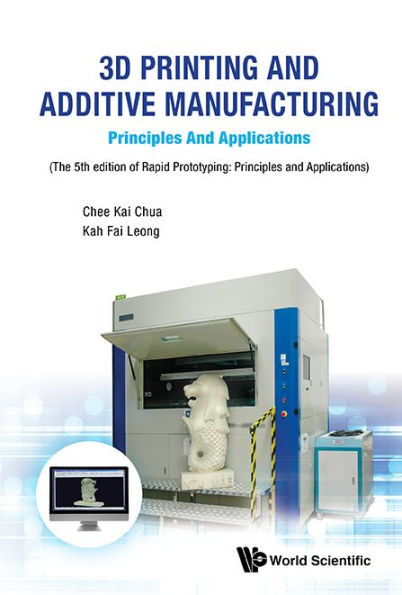5
1
9789813146761



3d Printing And Additive Manufacturing: Principles And Applications - Fifth Edition Of Rapid Prototyping available in Hardcover, Paperback, eBook

3d Printing And Additive Manufacturing: Principles And Applications - Fifth Edition Of Rapid Prototyping
- ISBN-10:
- 9813146761
- ISBN-13:
- 9789813146761
- Pub. Date:
- 01/24/2017
- Publisher:
- World Scientific Publishing Company, Incorporated
- ISBN-10:
- 9813146761
- ISBN-13:
- 9789813146761
- Pub. Date:
- 01/24/2017
- Publisher:
- World Scientific Publishing Company, Incorporated

3d Printing And Additive Manufacturing: Principles And Applications - Fifth Edition Of Rapid Prototyping
$58.0
Current price is , Original price is $58.0. You
58.0
In Stock

Product Details
| ISBN-13: | 9789813146761 |
|---|---|
| Publisher: | World Scientific Publishing Company, Incorporated |
| Publication date: | 01/24/2017 |
| Edition description: | Reprint |
| Pages: | 456 |
| Product dimensions: | 6.00(w) x 8.90(h) x 1.10(d) |
From the B&N Reads Blog
